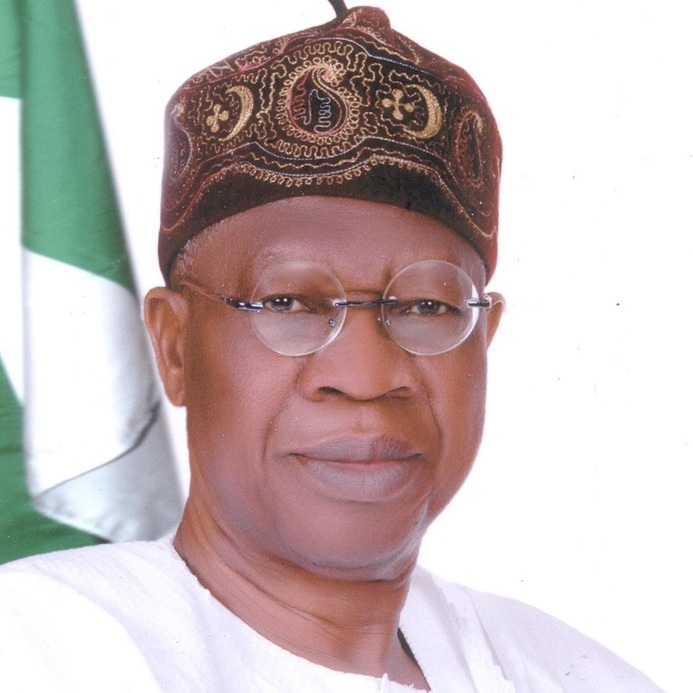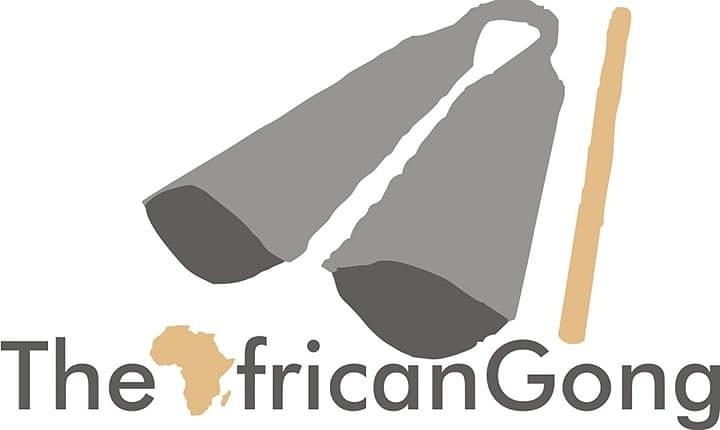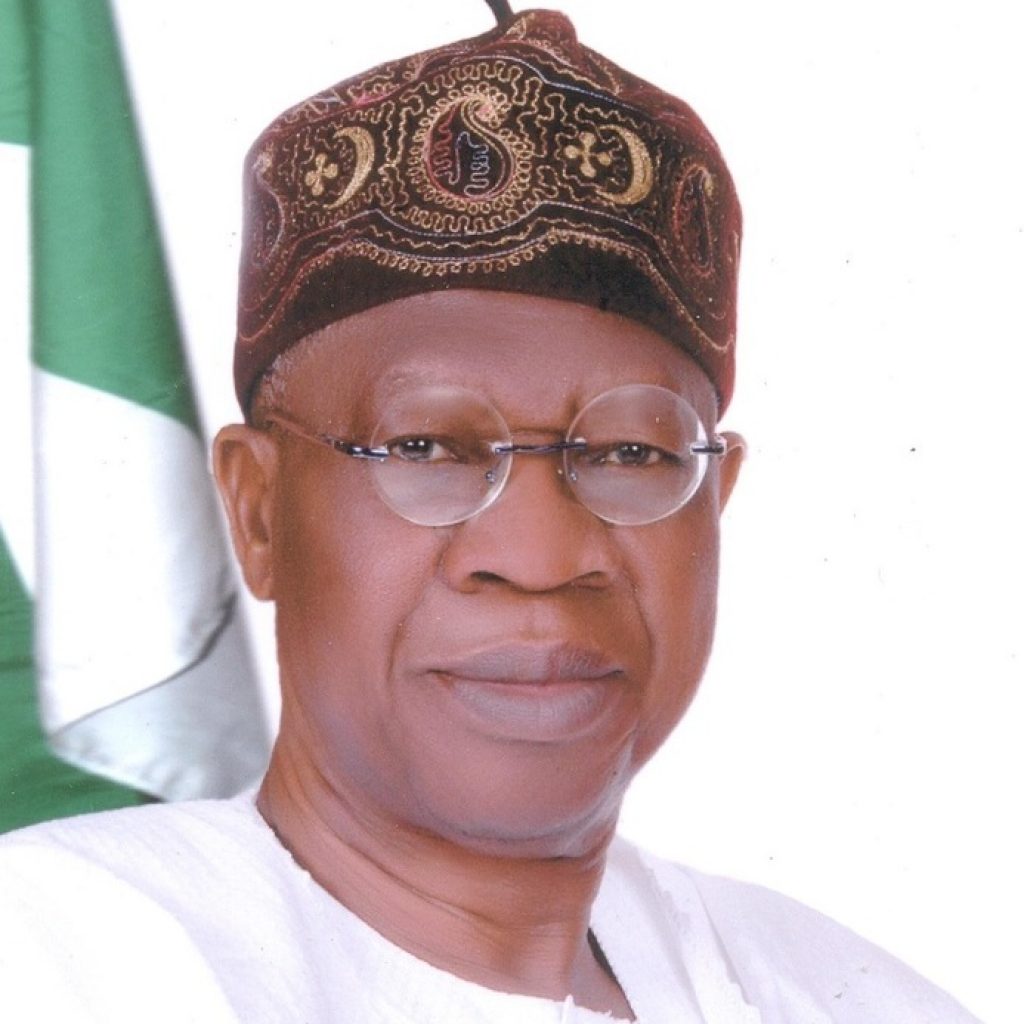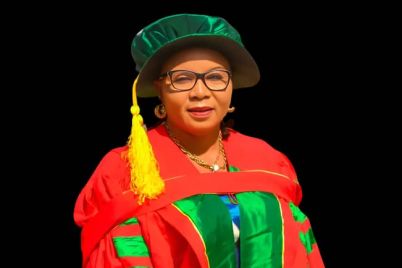
By Dapo Sijuade & Onyinyechi Okoro
Abuja
The Museum Succinctly described is an institution dedicated to the preservation and interpretation of the cultural and natural heritage of humanity. Over time, they have been established for a variety of purposes which reveal a remarkable diversity in their type, form content and even functions. While they are bound by a common goal of preservation of the heritage of humanity, they also enjoy a wide and variegated mix of clientelle which invariably calls for an introspection into its readiness and preparedness to accept and accommodate these lot.
Inclusiveness, simply put, is the action or state of including, or of being included within a group or structure. It is the practice or policy of providing equal access to opportunities and resources for people who might otherwise be excluded or marginalized, such as those who have physical or mental disabilities and members of other minority groups.
Our definition of inclusion recognizes that people need to feel connected and engaged. Inclusion can be defined as a state of being and feeling valued, respected and supported. Practicing inclusion is necessary for diversity initiatives to work effectively. Our definition of equality recognizes that every individual should have equal opportunity to make the most of their lives and talents. It recognizes that certain groups of people with particular characteristics have in the past, and today, experienced discrimination. Hence, it is an aura or environment of letting people in and making them feel welcome. Inclusion refers to creating a work environment where all people are truly welcomed, valued and respected for all of who they are, regardless of differences.
THE MUSEUM HAS A DIVERSE AUDIENCE
It is common knowledge that the museum’s initial and basic functions are collection, preservation, research and communication. Nowadays, museums are being influenced by technological development which have caused radical alterations in social life. The exhibition styles of tangible and intangible heritage have undergone many transformations by new visual technology experiences. Museums of today are positioning themselves to be inclusive and get in touch with their users interactively.

As an important part of the society, museums of today make and create activities that impact their immediate and remote clientele, because they are agents of social development and promotion.
For most museums, there are two captive audiences, the physical and digital visitors. The Physical are those people who physically visit your museum space and engage with your exhibition and collections. The Digital are those audiences who are accessed online through social media or through the museum website.
In general terms, museum audience are those who visit or identify with the museum for various purposes including, but not limited to research, education, entertainment and even leisure. They are a broad and diverse group of people amongst whom are: scholars, tourists, students, school children, senior citizens volunteers and most importantly, persons with special needs and challenges. The realization that not all visitors are the same signals that museums should attempt to define a variety of experiences from a visit to their organization and cater to the needs and tastes of a diverse audience.
WHEN IS THE MUSEUM ALL- INCLUSIVE
Being inclusive is being visitor centered. It is not about us but about others and there are many kinds of museum visitors as we all know. The point of inclusion is about being culturally responsive, responsible, aware and competent enough to be able to accommodate and satisfy all types of audiences
An all-inclusive museum suggests ‘a museum for all’ that enables an equal experience for a variety of different users. It is the type that offers more social opportunities to its users in order to develop the society and her own interests.
An all-inclusive museum is that which accommodates everyone regardless of differences that characterize human beings. It is the type that honours the cultural constituencies it is created to serve, and its key mandate is being able to respond to its diverse public. Such a museum welcomes visitors with all types of diversities and disabilities in its galleries. It is a museum that creates a welcoming and friendly environment that offers visitors a wide range of comfortable choices. It is one that provides a range of resources that enables to select ways in which visitors are comfortable while experiencing the museum
When a museum is all-inclusive, it pays particular attention to special needs persons, people with impairments and the physically challenged in our society. These are categories of visitors whose needs are quite different from other regulars and whose interests too should be adequately considered so they can have maximum enjoyment and experience of the museum and its products. This therefore calls for museums to adapt their architecture, infrastructure and exhibitions in a way that encourages the ‘museum for all’ concept, which allows for equal access to the built environment and services for a whole variety of persons with their diverse needs.
The Museum sees inclusiveness as all-encompassing, both physically and socially, and is therefore committed to developing a series of programmes inspired by the values of equality, accessibility and participation as the democratic expression of its project to reach all members of the public and contribute towards social change by combating exclusion. These values pervade all aspects of Museum activity, which is based on the concepts of equality, accessibility and proximity.
CHALLENGES AND PROSPECTS
As good and admirable as it sounds, there are known challenges and hurdles on the path of achieving this utopian desire of having all inclusive museums especially in our country Nigeria. Some of such challenges are as follows:
Lack of Adequate Policy Formulation on Inclusion. Apart from the museum as an Institution, there is lack of a well placed and implemented policy on the need to guarantee and engender inclusion of the diverse peoples of our country and this is reflected across our entire social life after all, was it not recently that we started hearing the government coming alive to its responsibilities and talking about financial and educational inclusion?

Aged and Outdated facilities and Infrastructures. When we take a statistics of museums across Nigeria we will notice that many of them were built more than fourty years ago. As at the time of their construction the concept of inclusion was alien to us in this clime. It will take a lot of efforts to update and upgrade these facilities for them to meet with demands of the day
Inadequate Funding of the Museum. With the kind of funding that the Nigerian Museum receives from government especially for capital projects, it will be quite difficult to embark on the necessary upgrade required for most of our outdated facilities. Better funding is required to achieve our dream inclusive museum.
Insecurity. With present happenings in the country, one will say without equivocation that there is gross insecurity in the land. This to a large extent has cast much fear and uncertainties on safety of visitors to a place of public gathering like the museum. In the face of security scare, and fear of the unknown how do we ensure a ‘museum for all’ when the museum for a few is yet to be guaranteed.
Insufficient Specialized Staff Training. As things stand, we do not have the required number or sufficient manpower of staff who have been specially trained to handle and attend to needs of our diverse audiences. What constitutes a greater percentage of our workforce as of today, pride only in traditional methods and skills of managing visitors and audiences.
CONCLUSION
Museums as institutions collect and preserve objects and materials of religious, cultural and historical value. They help to preserve and promote our cultural heritage, hence, they are a good source of entertainment, information and education. Due to their increasing recognition and importance in the society which enables people to explore collections for inspiration, learning and enjoyment. Moure attention and interest are being directed towards them especially with regards to how they render their services to their numerous clientelle. Museums in this era strive to provide the best of services and make their products and available to all classes of visitors for the purpose of maximum enjoyment and pleasure.
Dapo Sijuade & Onyinyechi Okoro
Abuja, Nigeria.

